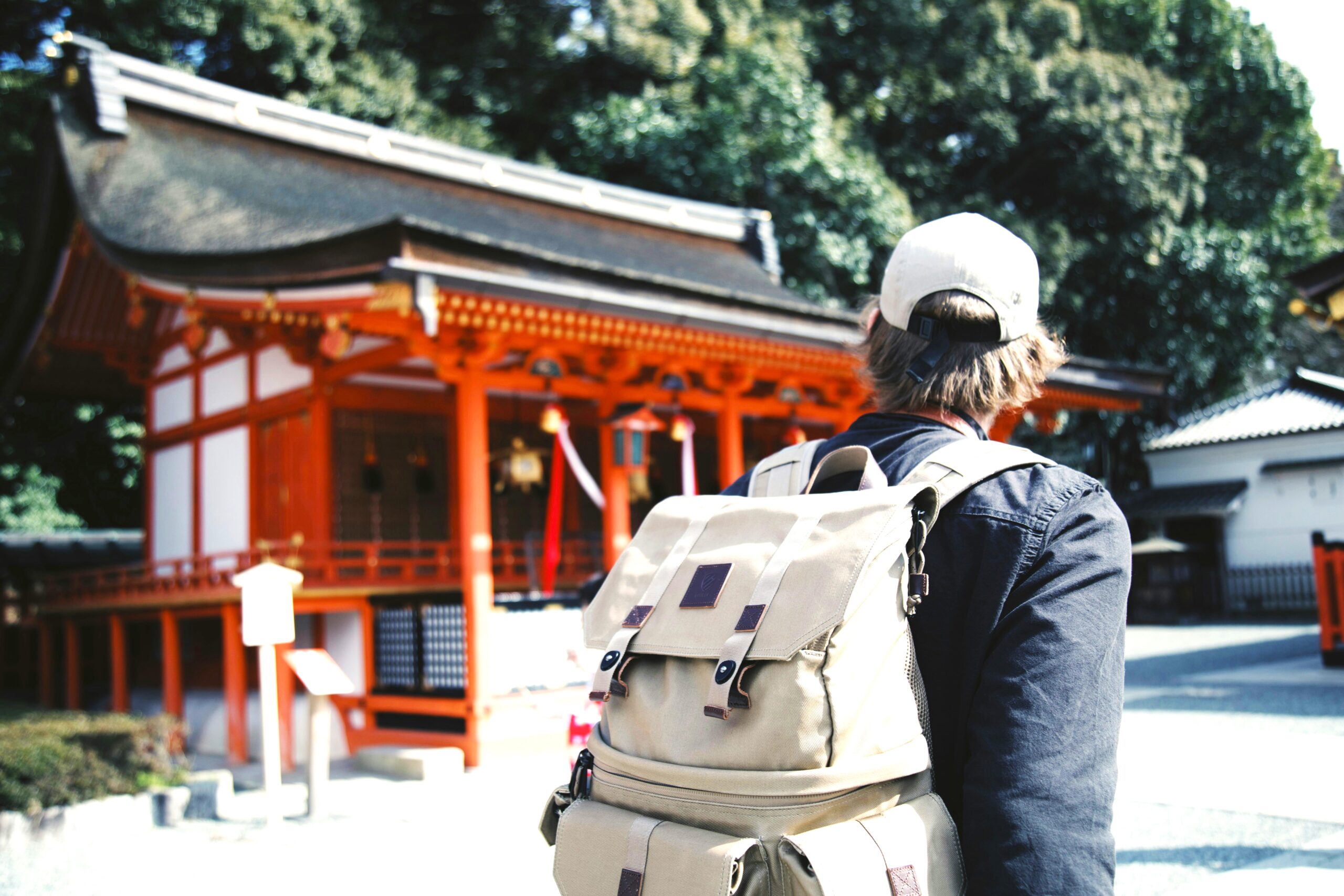Planning a trip to Japan? Excellent choice! Japan is bursting with rich culture, breathtaking scenery, and delicious food. This guide compiles 10 essential tips on helpful information, manners, and transportation to ensure first-time visitors have a comfortable and enjoyable experience.
1. Greetings and Basic Phrases
In Japanese culture, bowing (called ojigi) is a common way to show gratitude and respect. While you don’t need to bow deeply for everyday interactions like shopping, a slight nod of the head can leave a good impression.
5 Essential Japanese Phrases for Your Trip
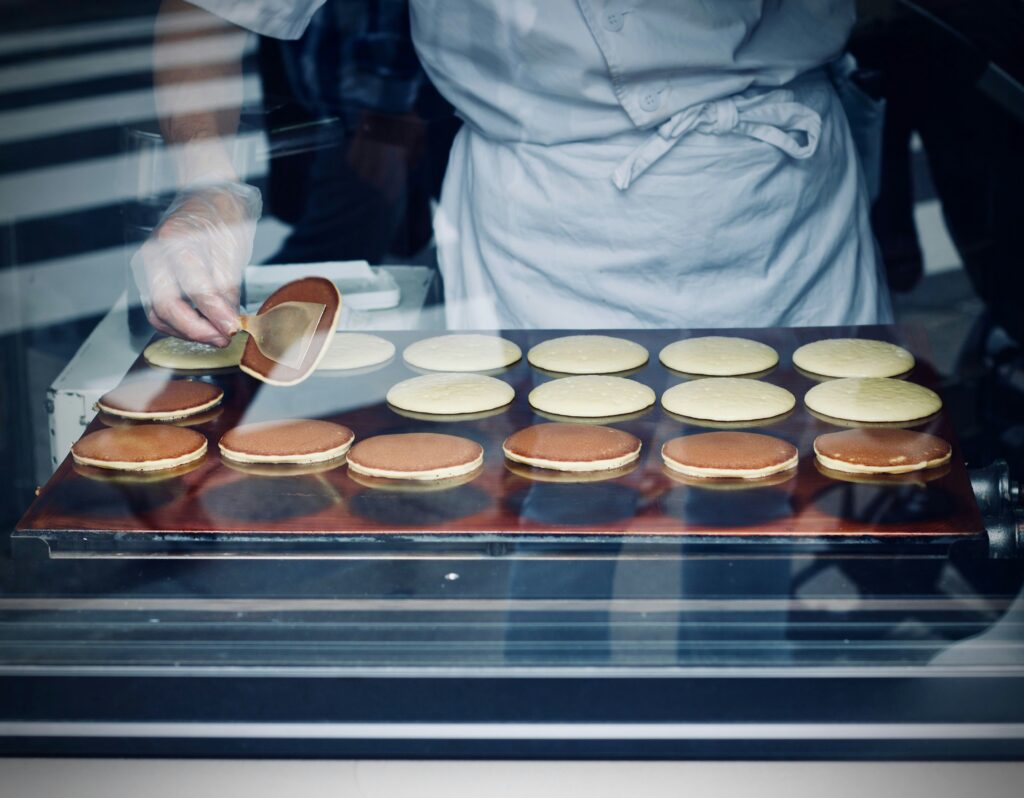
- “Konnichiwa (こんにちは)”
- Meaning: Hello / Good afternoon
- How to use it: This is the most basic greeting you can use when meeting someone throughout the day. Try saying it with a smile when you enter a store or pass by someone.
- “Arigatou (ありがとう)”
- Meaning: Thank you
- How to use it: Use this phrase to express gratitude. You can use it in any situation where you want to say thanks, like when someone helps you or when you receive an item at a shop. Adding “gozaimasu” to make it “Arigatou gozaimasu (ありがとうございます)” makes it a more polite expression.
- “Sumimasen (すみません)”
- Meaning: Excuse me / I’m sorry / Pardon me…
- How to use it: This is one of the most versatile phrases in Japanese!
- Say “I’m sorry” if you accidentally bump into someone.
- Use it to get a staff member’s attention, like saying “Excuse me” in a store.
- When asking for directions, you can start with “Excuse me, may I ask you something?”
- It can even convey a slight sense of gratitude (e.g., “Sumimasen, arigatou gozaimasu” when someone goes out of their way for you). It’s useful in many different situations.
- “Onegai shimasu (お願いします)”
- Meaning: Please / I request
- How to use it: Use this when you’re making a request. For instance, when ordering at a restaurant (“This, please”), telling a taxi driver your destination (“To [place name], please”), or asking for a bag at a shop. It’s incredibly versatile.
- “Oishii (おいしい)”
- Meaning: Delicious
- How to use it: Use this phrase after a meal to let someone know the food was tasty. Especially when you’ve finished eating at a restaurant, saying “Oishikatta desu!” (It was delicious!) will make the staff very happy!
Please try using these phrases on your trip to Japan. We’re sure you’ll have some wonderful interactions with the locals!
2. Cash and Cashless Payments
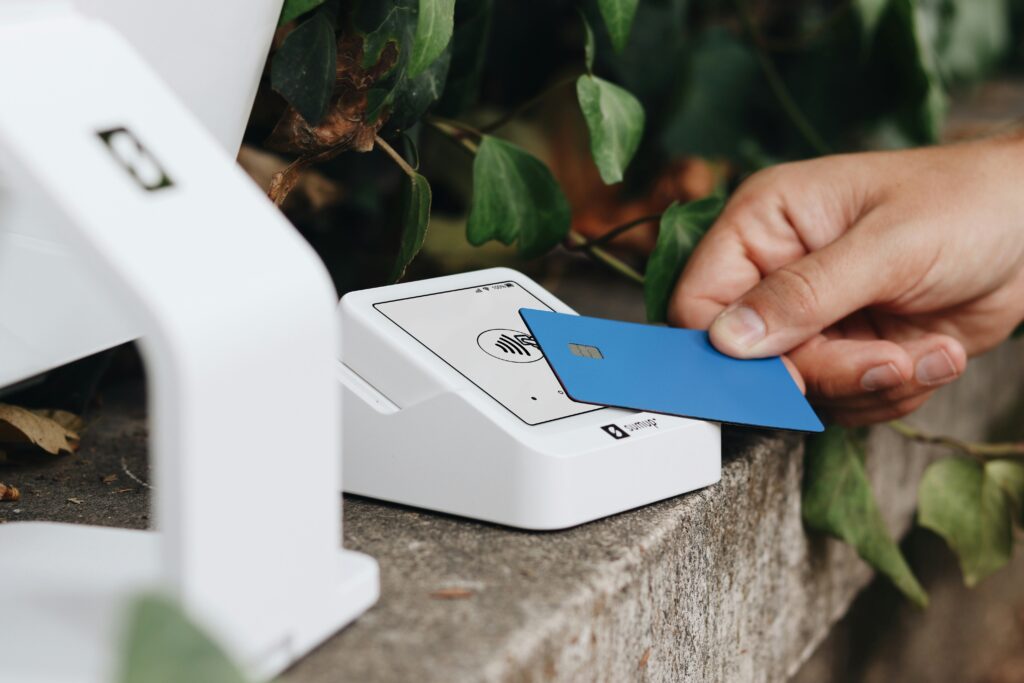
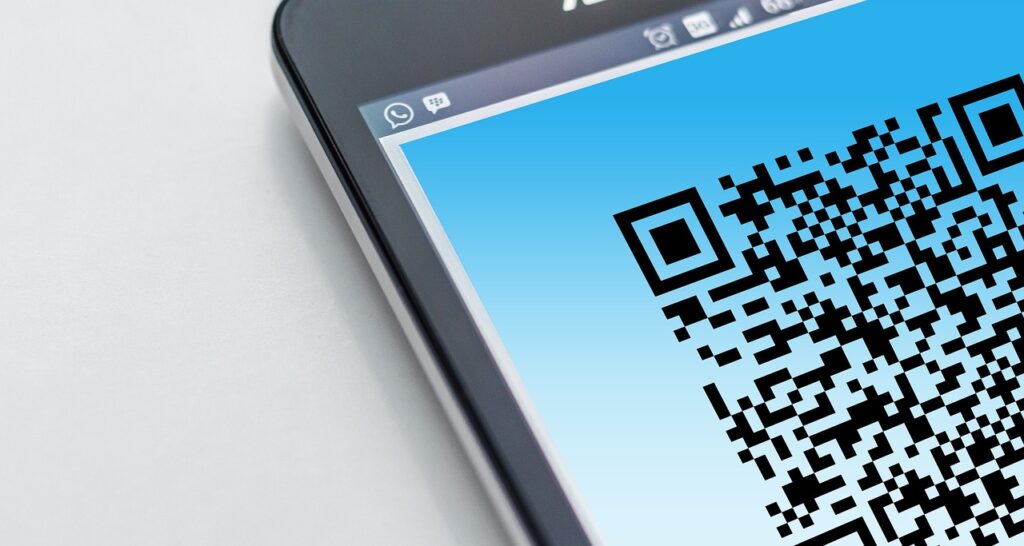
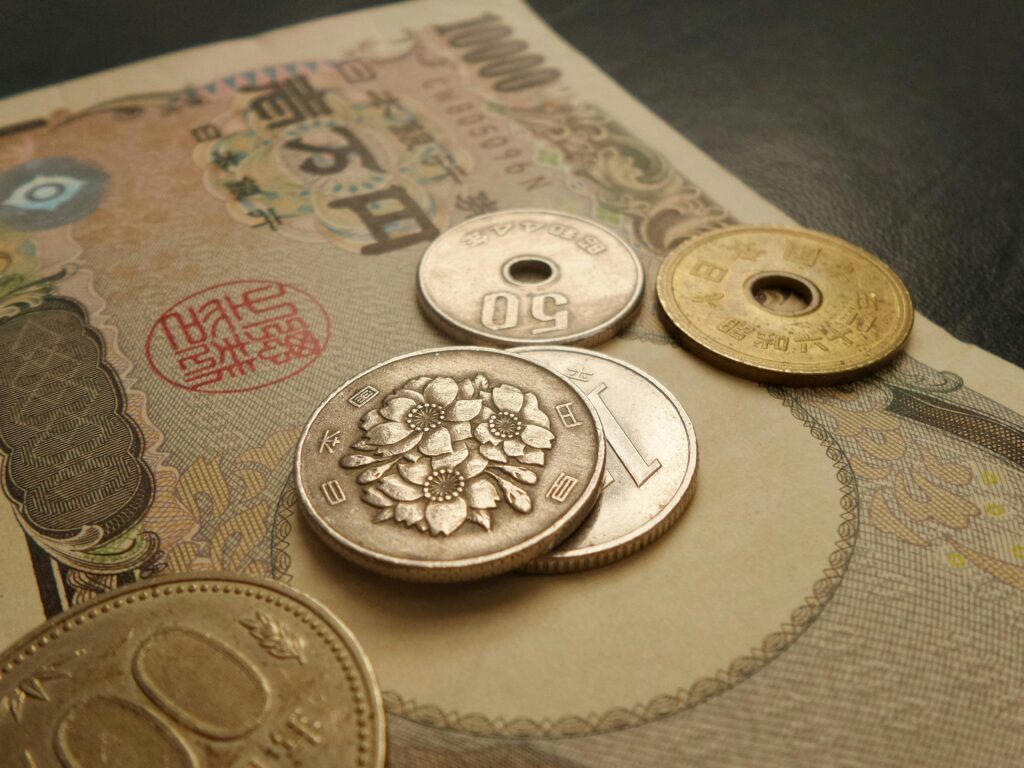
While cashless payment options have become more common in Japan recently, cash is still widely used. Especially in rural areas, some smaller shops might not accept credit cards. It’s a good idea to always carry some cash (Japanese Yen) with you. In major cities and convenience stores, credit cards and transportation IC cards (like Suica or Pasmo) are commonly accepted. In addition to credit cards, QR code payment apps, where you just hover your smartphone over a reader, are very popular in Japan for their ease of use and point rewards.
3. Using Trains and Subways
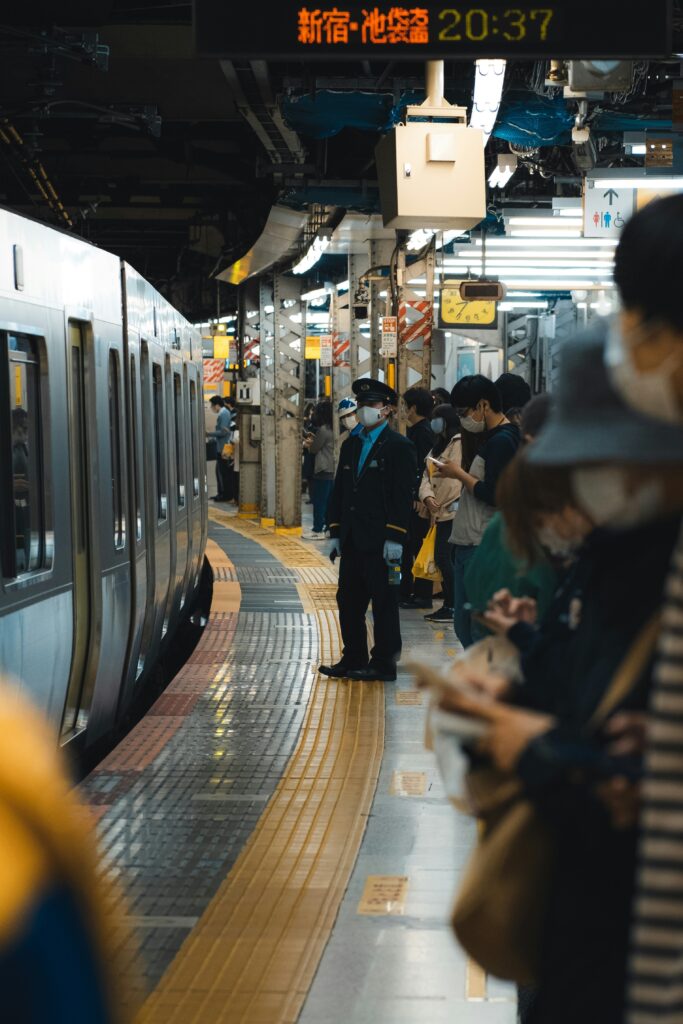
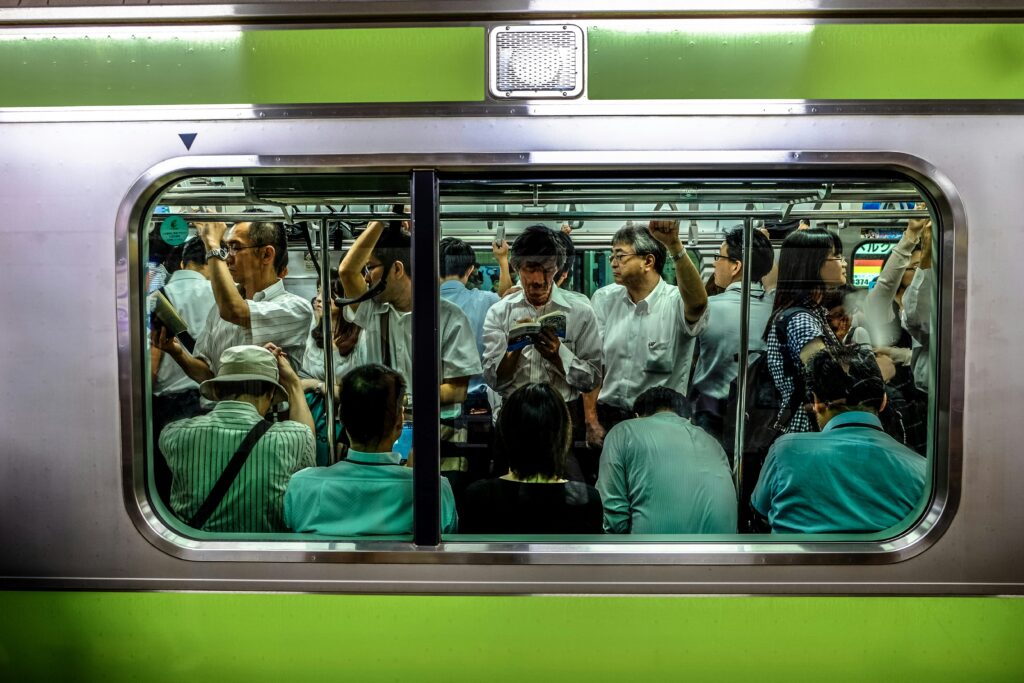
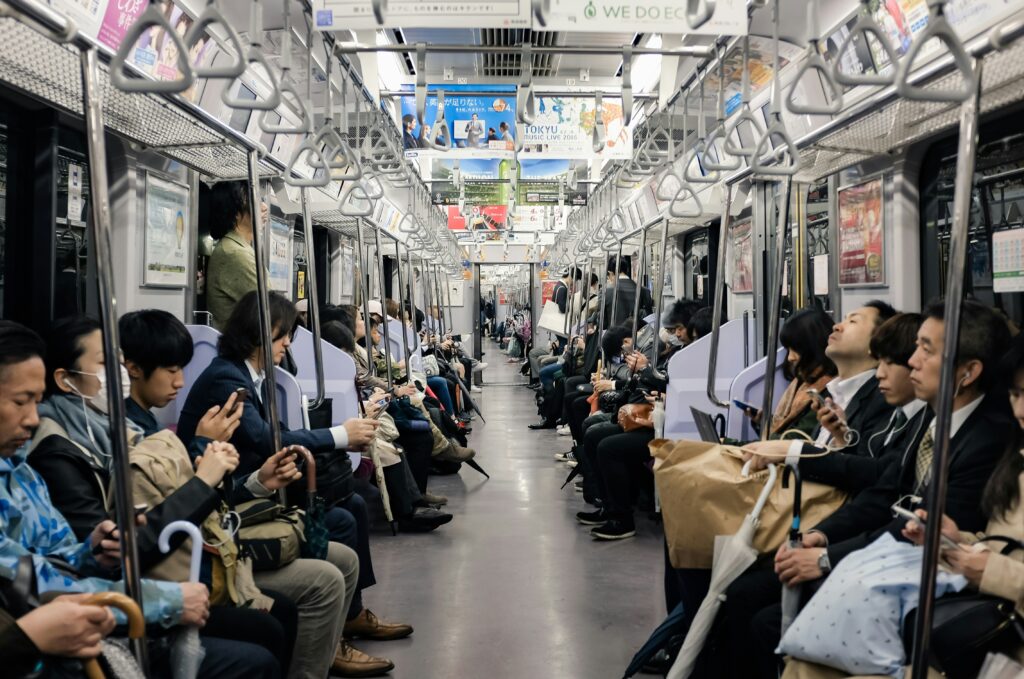
Japan’s public transportation is highly developed and runs precisely on schedule.
- Check the Route Map: Major stations have English route maps available. Apps like Google Maps are also very helpful.
- Transportation IC Cards: Purchasing an IC card like Suica or Pasmo saves you the hassle of buying individual tickets and allows for smooth boarding and alighting. You can buy these at ticket machines and charge them as needed.
- Avoid Peak Hours: Morning (around 7:30 AM – 9:00 AM) and evening (around 5:00 PM – 7:30 PM) rush hours are extremely crowded. If you have large luggage or a suitcase, you might find it difficult to get on, and commuters might be inconvenienced, especially during the morning rush. If possible, it’s a smart choice to avoid traveling during these times.
4. Accommodation for a Comfortable Stay
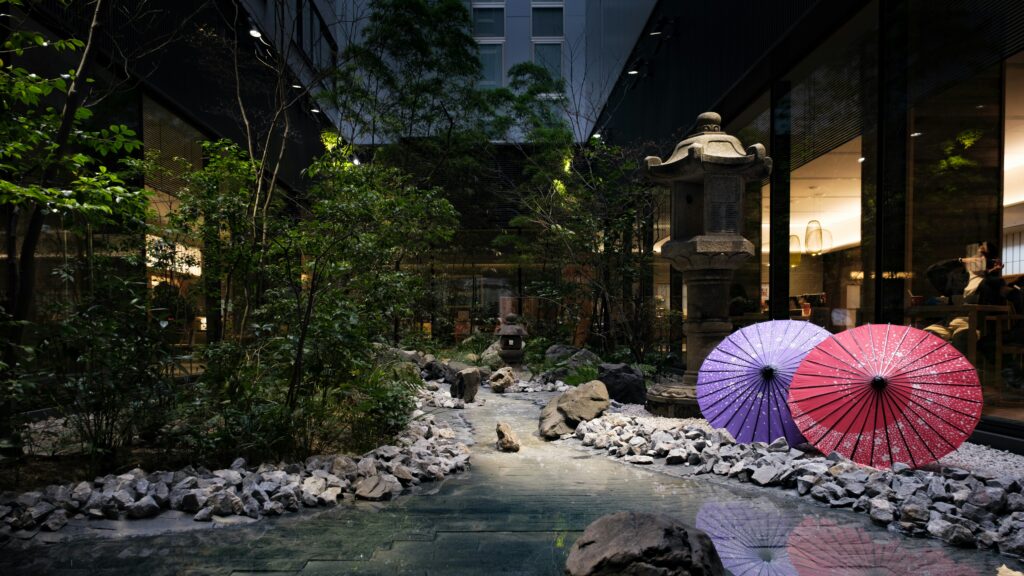
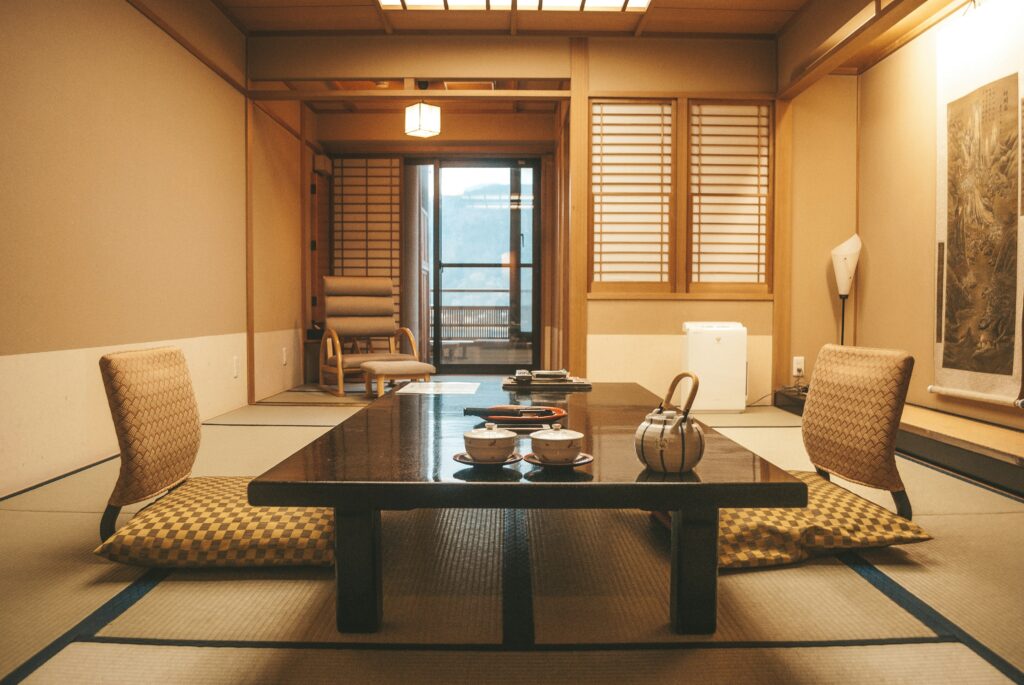
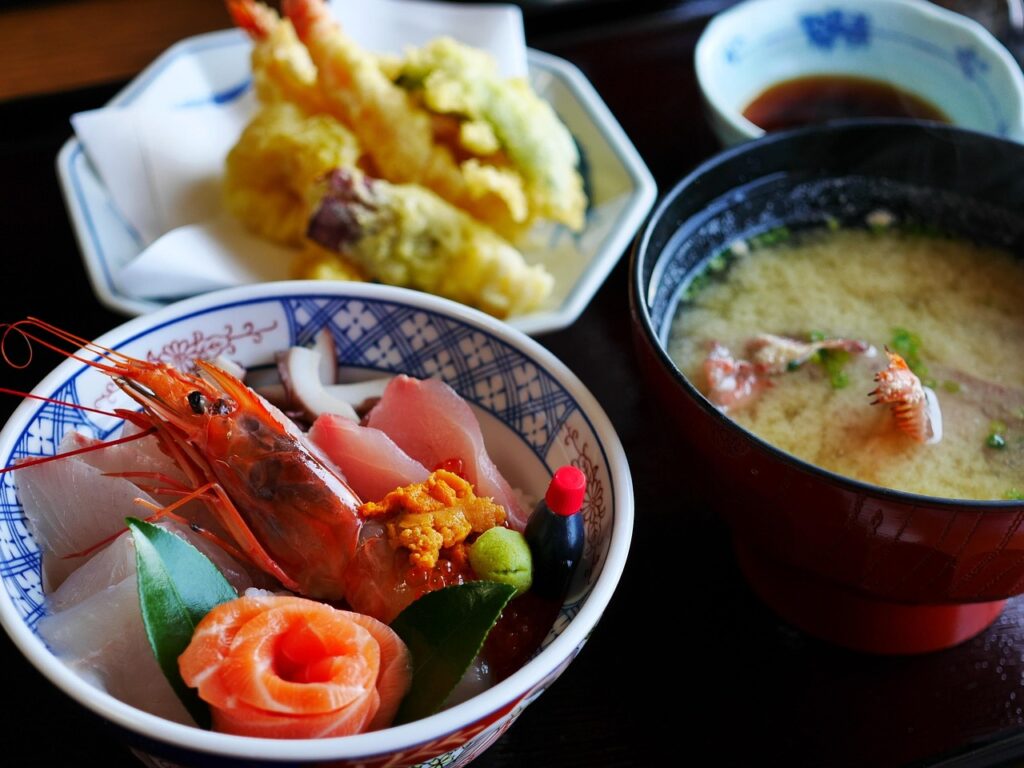
Japan offers a variety of accommodation types, including hotels, ryokan (traditional Japanese inns), and guesthouses.
- Ryokan: These offer a unique Japanese experience where you can sleep on a futon in a tatami-matted room, wear a yukata (a casual kimono), enjoy hot springs, and savor luxurious Japanese cuisine featuring seasonal ingredients.
- Capsule Hotels: These are compact and affordable accommodation options.
5. Dining Etiquette
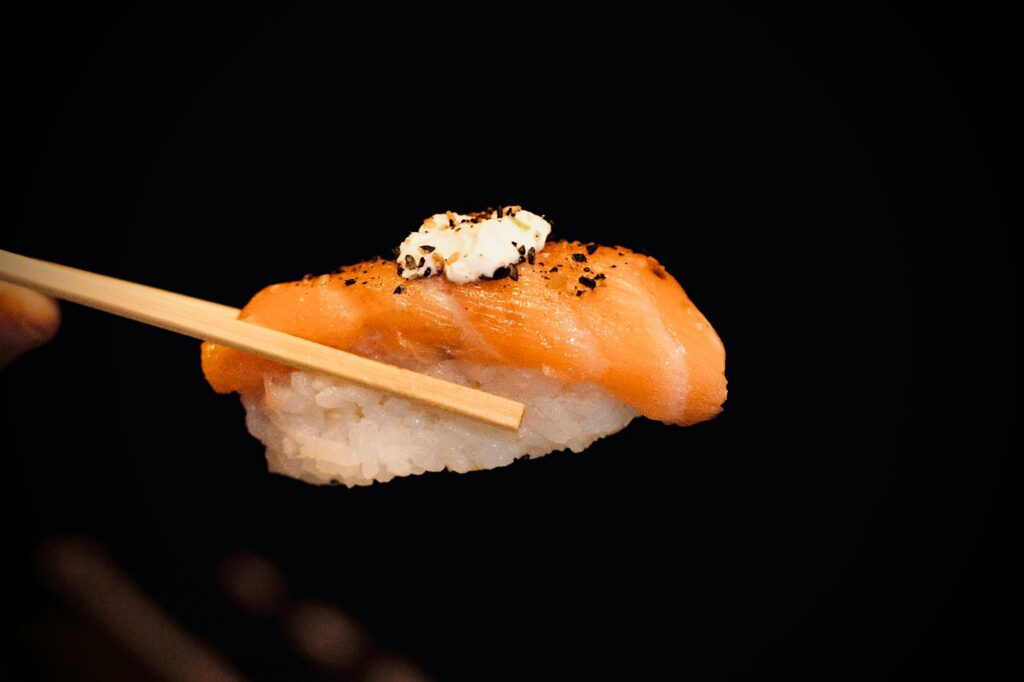
Japanese food culture is deep and has unique manners.
- Chopstick (Hashi) Usage: It’s considered bad luck in Japan to pass food directly from one pair of chopsticks to another. This action resembles a ritual performed at Japanese funerals where cremated bones are picked up with chopsticks and passed between family members. To avoid this, place food on your own plate first before passing it to someone else.
- “Itadakimasu” and “Gochisousama”: Saying “Itadakimasu” before a meal and “Gochisousama” after is a Japanese custom to express gratitude for the food.
- No Tipping: Tipping is generally not customary in Japan. Service charges are usually included in the price.
6. Waste Separation
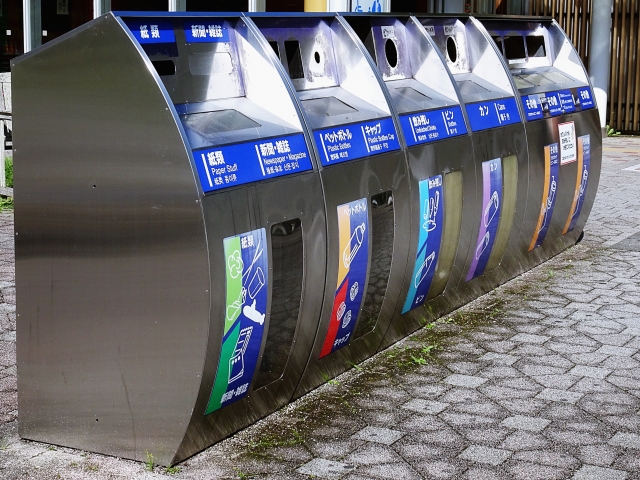
Waste separation is strictly enforced in Japan.
- Public Trash Cans: While there are trash cans at stations and convenience stores, they are not as widely available as in some other countries.
- Separation Rules: You’ll need to separate your trash meticulously into categories like plastic, cans, bottles, and burnable waste. Please follow the instructions at your accommodation and public facilities.
7. The Importance of Quietness
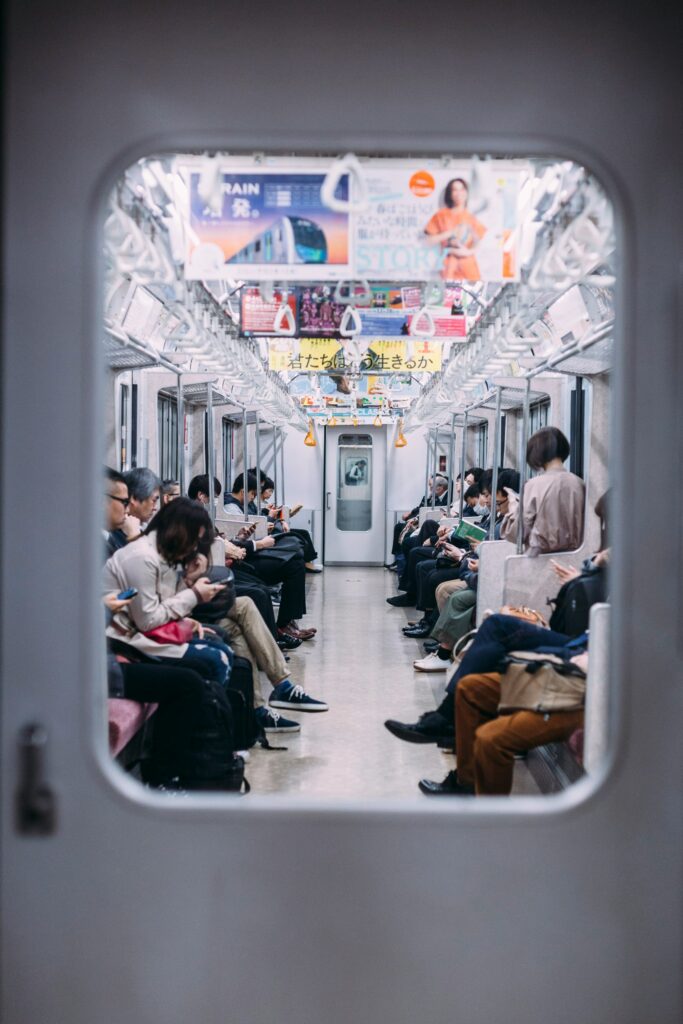
In Japan, quietness in public places is highly valued.
- On Trains: Please refrain from loud conversations or talking on your mobile phone while on the train.
- Public Facilities: Maintaining quiet is especially important in places like museums, temples, and shrines.
8. How to Use Onsen (Hot Springs) and Sento (Public Baths)
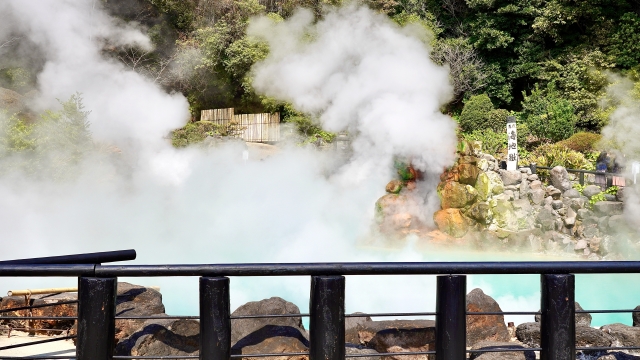
Japanese onsen (hot springs) and sento (public baths) are wonderful places to relax your mind and body.
- Wash Before Entering: It’s customary to wash your body thoroughly with soap and water using the shower before entering the communal bath.
- Keep Towels Out of the Water: Do not let your towel touch the bathwater.
- Tattoos: Some establishments may restrict entry to individuals with tattoos.
9. What to Do During Disasters
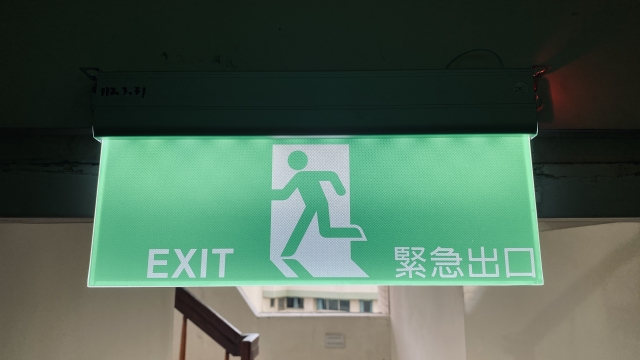
While Japan is prone to earthquakes, it has robust disaster preparedness measures.
- Earthquake Early Warning: You might receive an earthquake early warning on your smartphone. Please remain calm and follow any instructions.
- Identify Evacuation Sites: It’s reassuring to confirm evacuation sites at your accommodation in case of an emergency.
10. Tax-Free Shopping

Foreign visitors can enjoy tax-free shopping at designated stores.
- Present Your Passport: You’ll need to show your passport to qualify for tax exemption.
- Eligible Stores: Look for stores displaying the “Japan Tax-Free Shop” sign.
We hope these tips help make your trip to Japan safer and more enjoyable. Have a wonderful time exploring!

